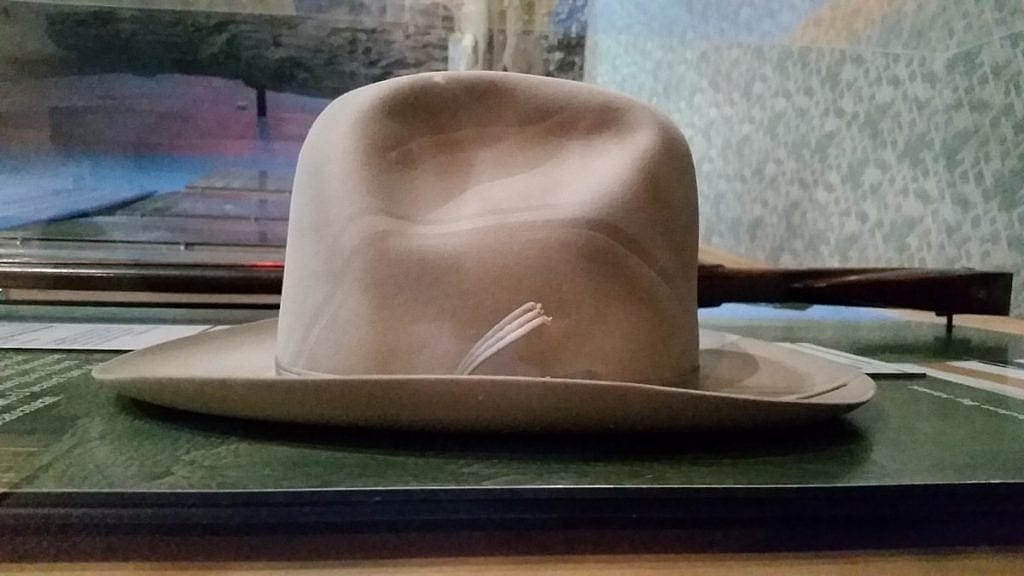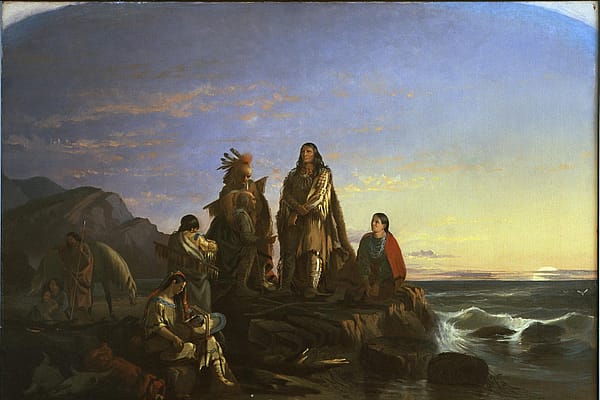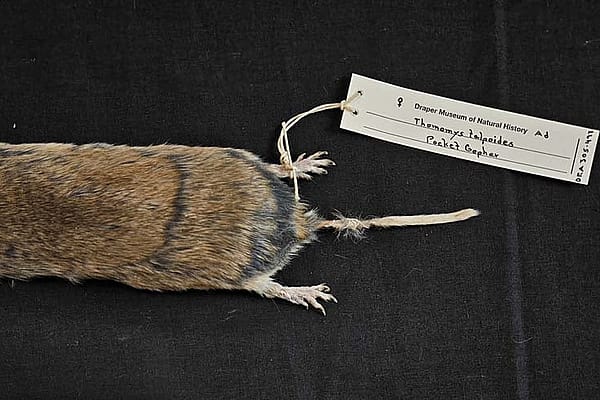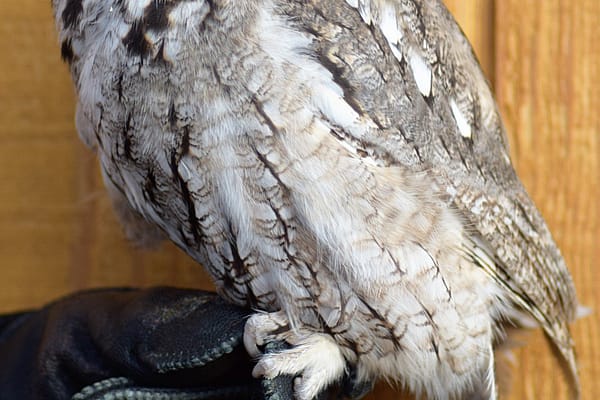
Museum Minute: The Beaver’s Role On The Landscape
Before the expansion of the West, there was an estimate of almost 600 million beavers throughout North America. But in the early 1800s, when unregulated harvesting of beaver pelts began, the beaver almost went extinct within a 40-year period.
Beaver pelts became popular because of the adaptability of the material. It could be molded into very many different shapes, including a top hat, and it was water repellent. The European market mainly drove the desire to have beaver pelt hats. But the fashion, as most trends do, soon went away. Even though it was a short time period, the race for beaver pelts drove exploration out west and the culture of what today is known as the mountain man.
But the quick decline of beavers didn’t go unnoticed by the landscape. It turns out the beaver has an important role as ecosystem engineer. Their presence can literally change the physical characteristics of the landscape and provide a number of ecosystem services for wildlife, vegetation and people. These services include improving water quality, expanding wetland habitats, and reducing downstream flooding in the spring during snowmelt.
Today beavers are slowly returning to the landscape, and scientists are noticing the animals changing and engineering the ecosystems in which they live.
Museum Minute was a series co-produced with Wyoming Public Media (WPM).
Written By
Kamila Kudelska
Kamila Kudelska was the multimedia journalist for the Center and for Wyoming Public Media. In that role she told the hidden stories of all five museums and reported on the news of northwest Wyoming. Kamila has worked as a public radio reporter in California, Poland and New York. She enjoys skiing (both downhill and crosscountry) and loves to read. Since has since taken on a larger role with Wyoming Pubic Media.










